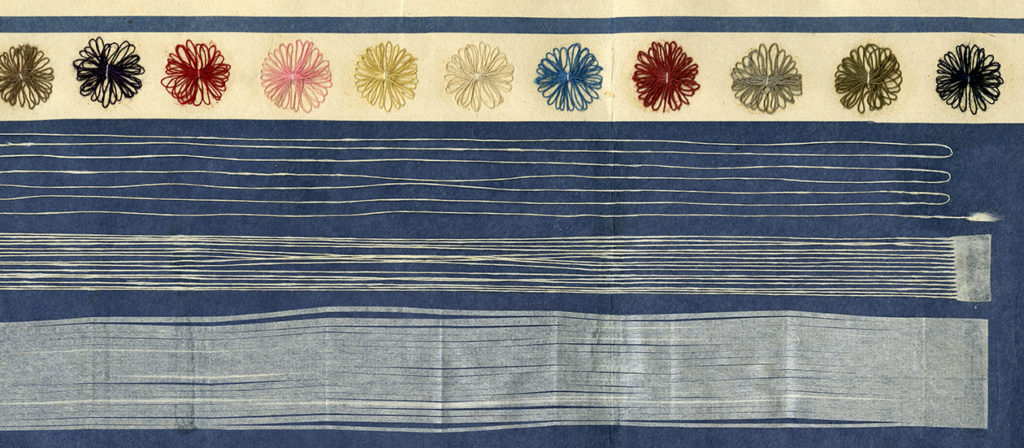[Mini Exhibition] Brief History of Paper Museum
May 21th, 2024 (Tue) – June 30th, 2024 (Sun)
May 21th, 2024 (Tue) – June 30th, 2024 (Sun)
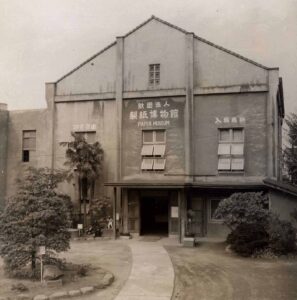
March 16th, 2024 (Sat) – May 12th, 2024 (Sun)
On July 3rd of this year, a new “Bank of Japan note” will be issued for the first time in 20 years. The portrait of Eiichi Shibusawa has been chosen for the 10,000 yen note of this new banknote. Shibusawa is known for laying the foundation of modern Japanese economic society. He played a significant role in the issuance and circulation of paper money, including the issuance of domain, “han”, notes for the Hitotsubashi domain, the establishment of regulations such as the New Currency Regulations and the National Bank Regulations, and the founding of a Western paper manufacturing company.
This exhibition introduces the relationship between Shibusawa Eiichi and domain notes from the Edo period, also known as “han bills,” and modern banknotes denominated in yen, leading up to the present day. To circulate paper, a material with little inherent value, as currency, trust is paramount above all else. Let’s consider the familiar yet profound world of paper and banknotes.
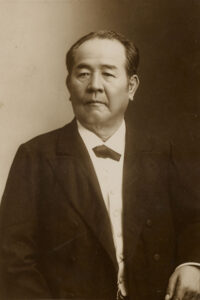
Eiichi Shibusawa (70 years old / 1909): Shibusawa Memorial Museum Collection
A photograph used as a reference for the portrait on the new 10,000 yen note
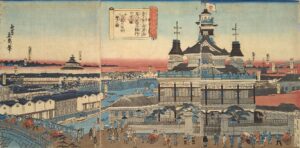
Woodblock print “Comprehensive View of the First National Bank Tokyo at Kaiun Bridge, along with the neighboring city “
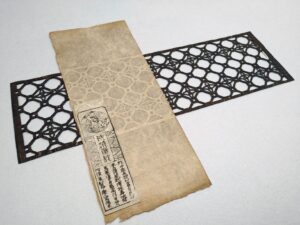
Han note making pattern paper, original paper for han notes, and han notes (Matsue han)
September 16th, 2023 (Sat) – December 17th, 2023 (Sun)
In the 6th year of the Meiji era (1873), Shoshi Kaisha was founded under the initiative of Eiichi Shibusawa. On the occasion of its 150th anniversary, this exhibition will delve into the history of Shoshi Kaisha, which can be considered the origin of Japan’s modern paper industry, and explore the significance of the factory site in Tokyo’s Oji district, which has been handed down as the birthplace of Western paper.
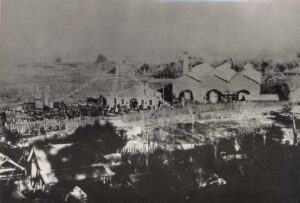
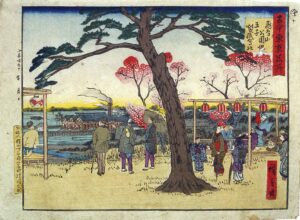
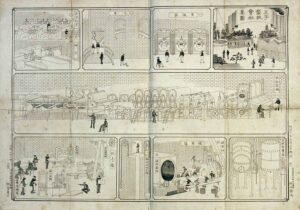
From Sat, January 6 to Sun, February 25, 2024
New Year decorations are meant to welcome the “Toshigami” (New Year’s deity) who bestows happiness for the upcoming year. While items like gate pine, shimenawa (sacred rope), and kagamimochi (mirror rice cake) are common, various regions across the country use special cut paper as New Year decorations. We will showcase New Year decorations made of traditional cut paper, deeply rooted in regional traditions.
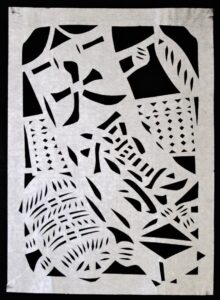
July 15th (Sat) to August 27th (Sun), 2023
The word “toy” originated from the concept of something “held and played with” in Japanese. Over time, various toys have become popular and widespread, reflecting the era and social trends. However, toys made from the familiar material of paper have been cherished since ancient times.
Paper is very thin and lightweight, yet it is also strong and flexible. Not only is it suitable for writing, drawing, and printing, but it is also easy to cut, paste, fold, and roll, allowing for various forms of manipulation. Moreover, paper is inexpensive and can be mass-produced. Taking advantage of these characteristics, many paper toys have been created.
In this exhibition, we will introduce a variety of paper toys, including traditional Japanese games such as Karuta (a card game) and Sugoroku (a board game), as well as paper crafts, dress-up dolls, kites, and other regional toys that can be enjoyed by making them together.
Paper is made from plant fibers, and its recyclability and low environmental impact have led to its reevaluation as a material. Unlike game consoles and electronic toys, paper toys possess a unique texture, warmth, and accessibility. Why not take this opportunity to rediscover the charm of paper toys?
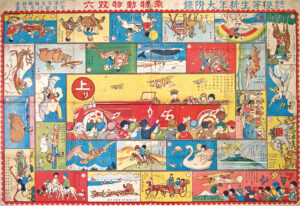
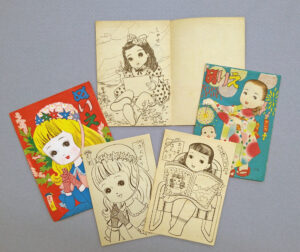

2023 January 25 (Wed) to March 5 (Sun)
“Hinamatsuri” (Doll’s Festival) is a festival held on the 3rd of March and is also known as “Momo no Sekku”.
It is said that “Hinamatsuri” was the combination between the old “Hiina Play” which was the play by children of nobility in the Heian period in Japan and “Joshi” introduced from China. “Joshi” is the custom of transferring misfortunes to a “doll” made of paper or wood on the day of the snake at the beginning of March and flushing the doll into water.
In the Edo period, it became popular as a Hinamatsuri, and after furnishings such as Hina dolls were prepared, it eventually became a festival for girls.
Hina dolls were standing dolls and originally made of paper, but as the technology for making dolls developed in the Edo period, cloth-made sitting dolls appeared.
It was also after the Edo period that the custom, such as a pair of male and female dolls resembling the emperor and empress, called dairibina, and the custom of tiered decorations with three court ladies, five musicians, and zuishin, were established.
Hina dolls have become arts and crafts for adults to appreciate later, and various kinds of dolls such as gorgeous Hina dolls with various elaborate designs and untraditional Hina dolls that reflect the social conditions, have come to be made.
In recent years, traditional customs such as Nagashibina dolls and dolls rooted in the local area have been reconsidered, and various events are being held in various places.
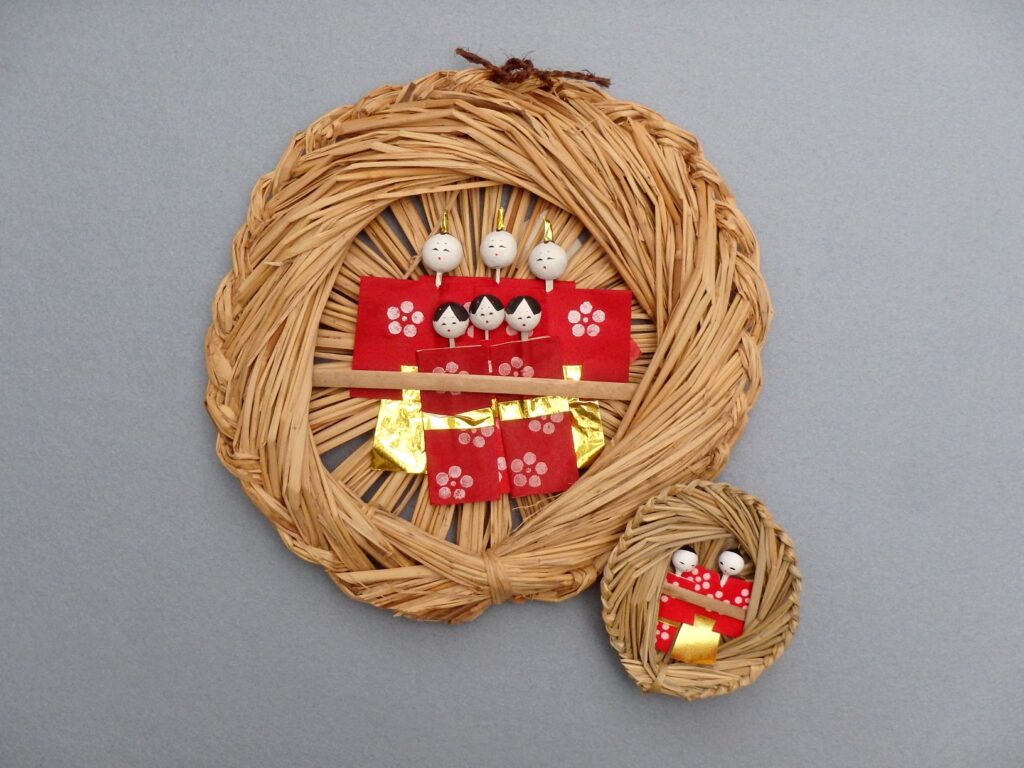
Nagashihina(Paper dolls floated downriver)
Tottori Prefecture/1972・1982
2022 September 17 (Sat) to December 18 (Sun)
On December 16, 1875, a large-scale western-style paper mill was opened in Oji, Tokyo by the leadership of Eiichi Shibusawa, known as the father of the modern Japanese economy.
The papermaking company, which name was the Shoshi-Gaisha, is the root of the current Oji Holdings Co., Ltd. and Nippon Paper Industries, Co., Ltd., and has had a great impact not only on the Japanese Paper Industry but also on the development of the Oji area.
With the 150th anniversary of the founding of the Shoshi-Gaisha next year, this special exhibition focuses on the period from the establishment of the Shoshi-Gaisha to the time before and after the grand opening ceremony of the paper mill, and explores the background to the flourishing of the modern paper industry in Oji.
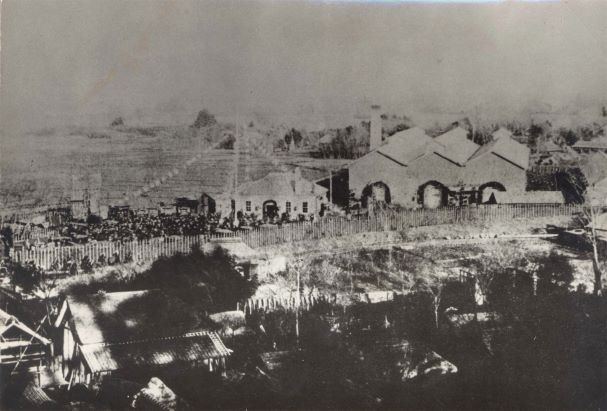
2022 July 16 (Sat) to 2022 August 28(Sun)
“Paper” has not only played a very important role in conveying history, culture, and art, but it is also very close to you.
From the time you wake up in the morning until you sleep, you are surrounded by various types of paper and paper products every day.
If you don’t have the paper to use, it’s hard!
What do you know about such indispensable paper?
The paper that you used to take for granted has amazing power and secrets!
Why don’t you challenge for independent research on “paper” this summer?
We also have experiments that you can do at home and books that are useful when you want to know more about paper.

2022 May 24 (Tue) to 2022 July 3(Sun)
As June 8th is the anniversary of the founding of the Paper Museum, we would like to introduce the brief history of the museum and some of its important collections.

2022 March 19 (Sat) to 2022 May 15
“Kami-Waza Grand Prize” is a competition with the theme of creation with pursuing the possibilities of “paper” by free thinking. This competition is the oldest paper art contest, which celebrated 30th competition in 2021, and known as a gateway for creators, students and craft writers. It originally started in 1991 by the citizen group “Shimada Kami-Waza Explorers ” in Shimada City, Shizuoka Prefecture, and it is now sponsored by Tokushu Tokai Paper Co., Ltd. and co-sponsored by paper manufacturers and trading companies.
Hundreds of works are submitted from all over the country every year under the condition that paper can be used freely regardless of the form such as flat surface or three-dimensional. The paper used is a wide variety of paper, including fancy paper, which has a wide variety of colors and patterns and is characterized by its texture, as well as newspaper, cardboard, and Japanese Washi.
Please take this opportunity to enjoy the world of various “Kami-Waza” such as works that can only be made with paper, which have suppleness, elasticity, and strength, or works which will surprise you as “is it really made of paper?”.
※The part of exhibits will be changed during the exhibition period.
Hosted by: Paper Museum Tokushu Tokai Paper Co., Ltd.
Special Cooperation by: Oji F-Tex Co., Ltd. SHINSEI Pulp & Paper Co., Ltd., TAKEO Co., Ltd. Heiwa Paper Co., Ltd.
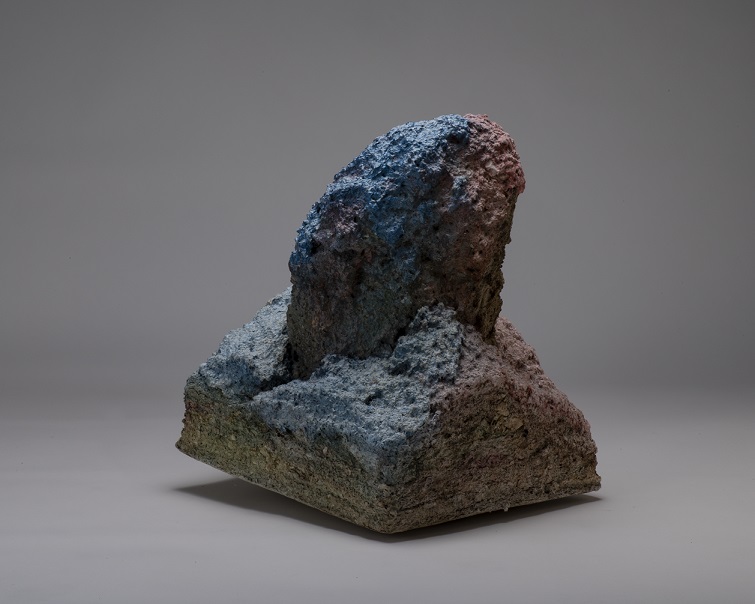
30th Grand Prize ”示相化石 S-4” 榎本大翔 Enomoto Daisuke
2021 December 4 (Sat) to 2022 February 27
In Japan, Paper play various roles such as god’s “Yorishiro”, an object to which a spirit is drawn or summoned, sanctuary signs, and lucky charms in various situations where people try to communicate with the gods and Buddha, such as rituals, ceremonial occasions, and annual events.
This is because the paper was perceived as clean, and probably it was a material suitable for a sacred festival place for that time as it was easy to work with, and at the same time it could be easily returned to nature by burning it or flushing it into a river or sea.
In this Theme Exhibition, we introduce the Traditional Cut Paper, among various Cut Paper made by cutting paper like handicrafts, used for religious ceremonies such as New Year’s decorations and “Kagura” which is Shinto music and dancing especially on the New Year’s Day in the Tohoku region.
The Tohoku region is said to be a treasure trove of the Traditional Cut Paper, but we understand that in addition to the changing times, the impact of the 2011 Great East Japan Earthquake has made it extremely difficult to inherit the Cut Paper culture. We hope that this exhibition will give you an opportunity to experience a part of the wonderful Cut Paper culture.

2021 September 18 (Sat) to November 7(Sun)
After that, various factories opened one after another around Oji, and it rapidly developed as a major industrial area. Since there were many paper-related factories, Oji became to be called “The Birthplace of Western Paper”. It was Shoushi-Gaisha that initiated the development.
In this exhibition, we will follow the hardships and challenges of Eiichi Shibusawa, who played a leading role from the establishment of Shoushi-Gaisha to its management and was active as a leader in the modern paper industry, and traces the footsteps left in Oji, Tokyo.


2021 March 16 (Tue) to August 29 (Sun)
On the other hand, due to the hoarding of toilet paper and tissue paper which we saw last year, the importance of paper products, which are daily necessities, has surfaced again.
In addition, expectations for paper products are increasing in the global trend toward less plastic daily life.
We are surrounded by many paper products, not only in what we usually see, but also in places we cannot see or notice, and we are living a convenient and comfortable life supported by them.
It would be great if the Special Exhibition give us an opportunity to feel the characteristics, versatility, depth, and potential of the paper material, through the paper products around us that we usually don’t care about, and at the same time, to think about what we can do in daily life against the big issue of global environmental problems we are facing today.
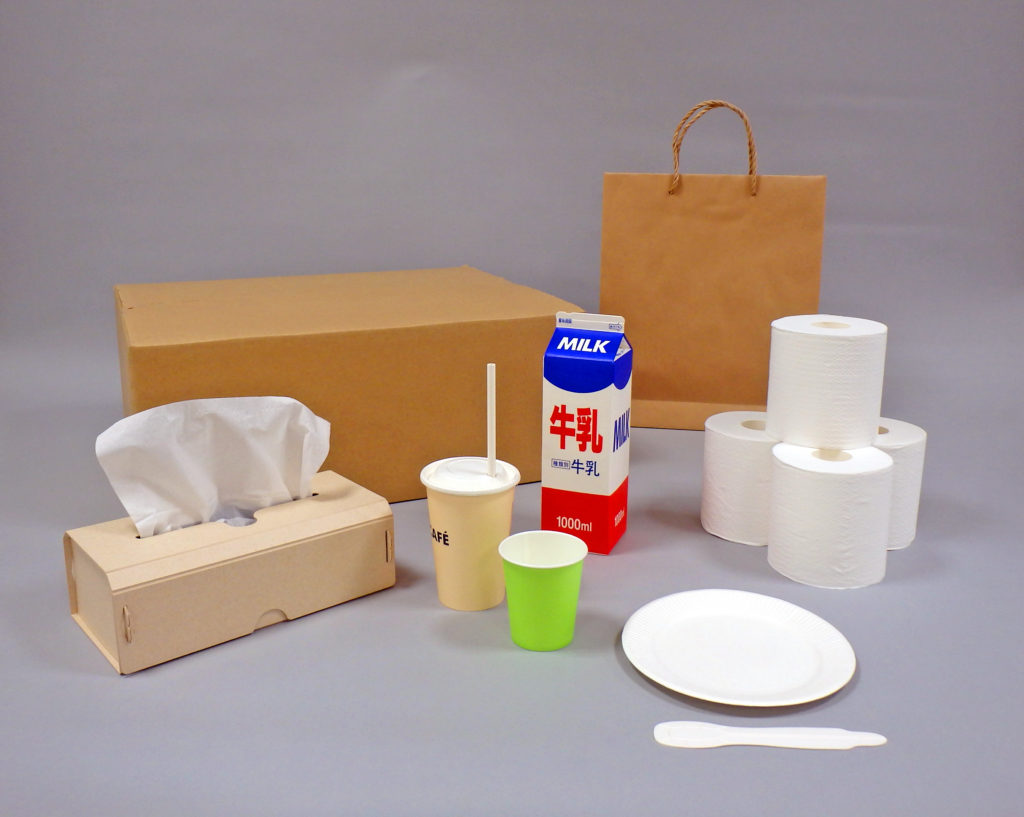
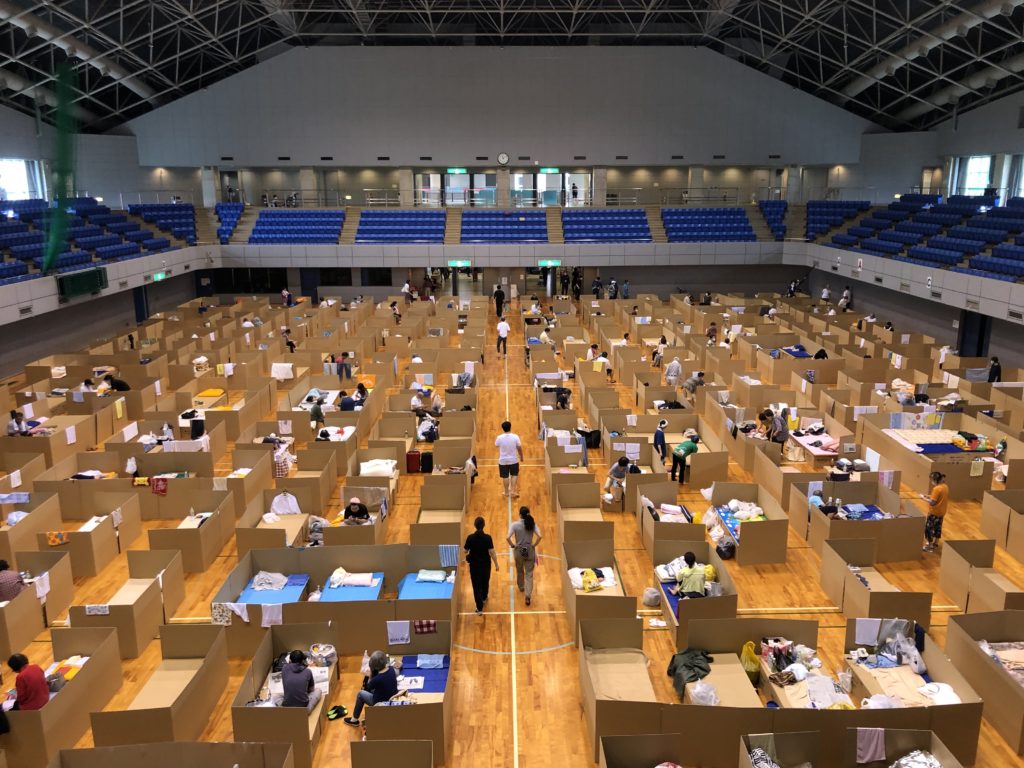
2020 October 24 - 2021 February 23
The Paper Museum was founded 1950, in the area of Tokyo known as Oji, which is known as the birthplace of Western Paper in Japan. It used of the building of Oji Paper Co., Ltd.’s Oji Mill, but later it was decided to move to a location in Asukayama Park, and the new Museum opened in 1998.
While this museum passes on historical materials detailing the progress of Japan’s western paper industry, it has also aggressively collected material about washi (Japanese paper), from the time the museum was founded. By respecting the technology and culture of washi that has been passed down from long ago, and studying the technology and history of both washi and western paper, the Museum has aimed for the further development of Japanese paper industry.
This year marks the 70th anniversary of the founding of the Museum so we decided to open a special collections exhibit. We hereby introduce important items held by the Paper Museum, which has operated with the doctrine of learning from history.

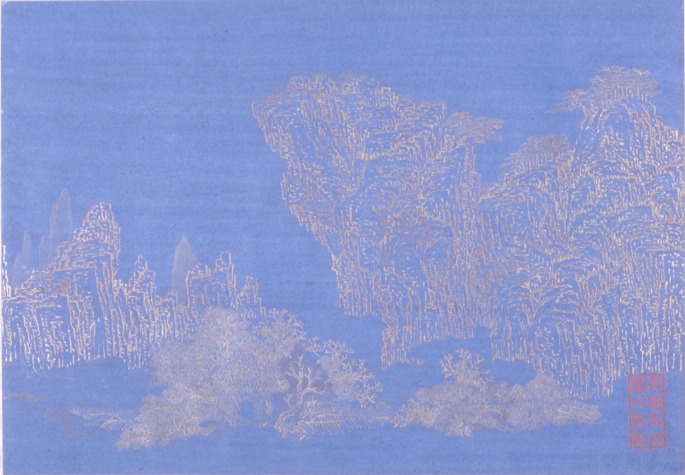
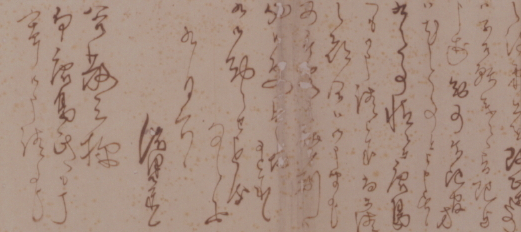
2020 June 2 - October 4
Japanese leather-like paper is a type of imitation leather made of washi that arose in the early Meiji period . It was modeled after the decorative leather used on the walls and ceilings of palaces belonging to medieval European royals and nobles.
In addition to being a popular export item to Europe, where it was used as wallpaper, it beautified the walls of Western-style buildings, such as the Rokumeikan between the Meiji and early Showa (1926-1989) periods in Japan.
Production of leather-like paper temporarily came to an end around the middle of the Showa period, but was later revived by Takashi Ueda, the founder of the Kinkarakami Institute who made use of engraved wooden cylinders owned by the Paper Museum. Because of differences in the production method used, he called the newly revived washi “kinkarakami ” to distinguish it from the previous leather-like paper.
Under the designation “Bearer of Techniques Selected for Preservation” given by the Agency for Cultural Affairs of Japan, Mr. Ueda has been involved in the production of kinkarakami for use in the restoration of important cultural properties throughout the country.
In this exhibition, elaborately engraved wooden cylinders used in the production of leather-like paper, samples of leather-like paper produced during the Meiji period and other related materials drawn mainly from the Paper Museum’s collection will be on display, along with reproductions of leather-like paper and original kinkarakami creations by Mr. Ueda.
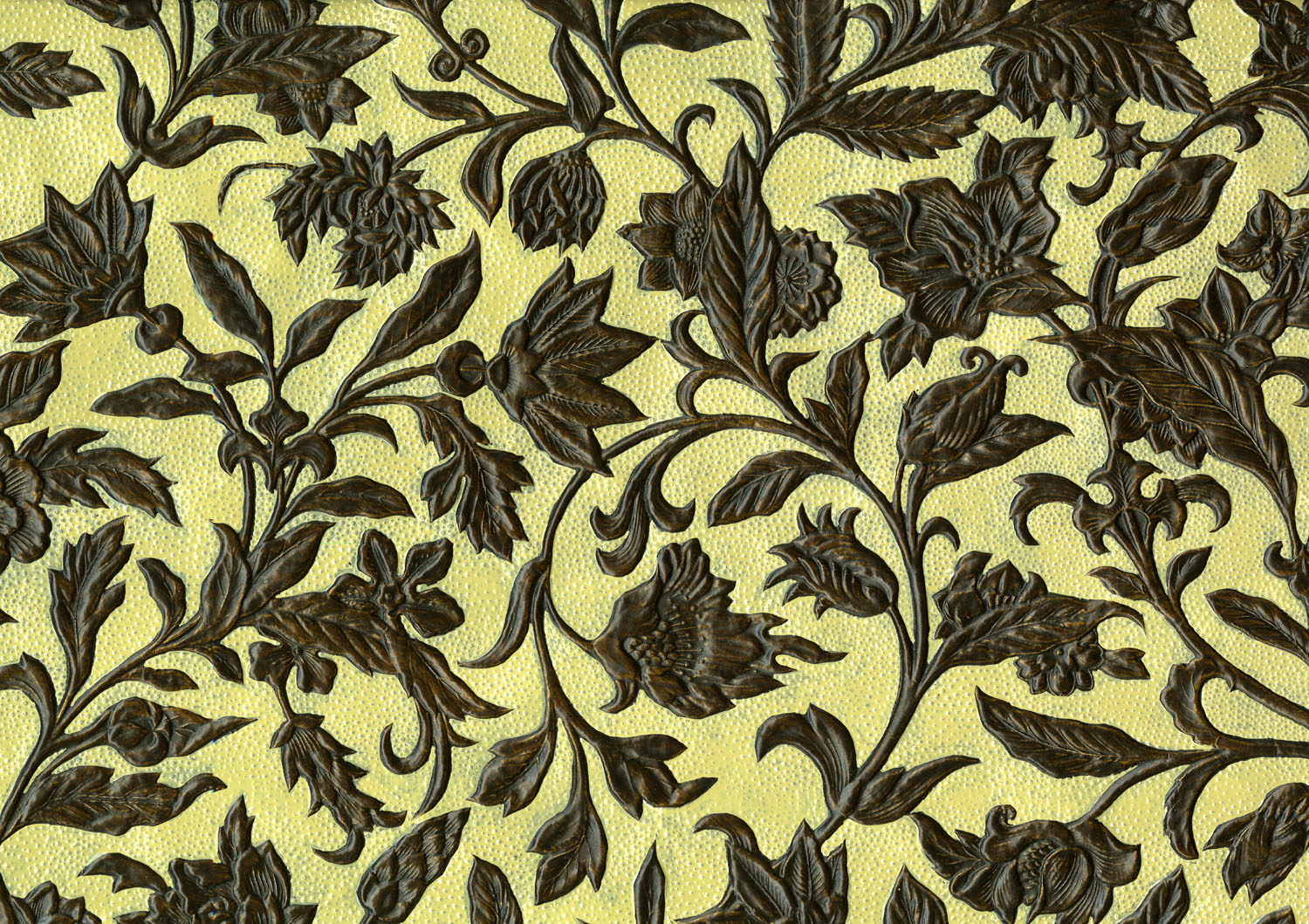
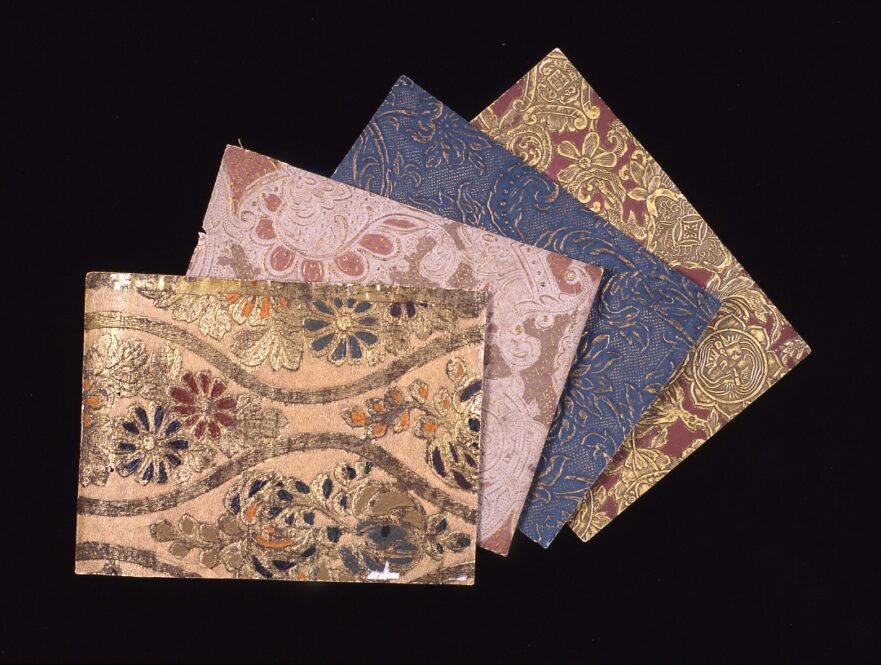
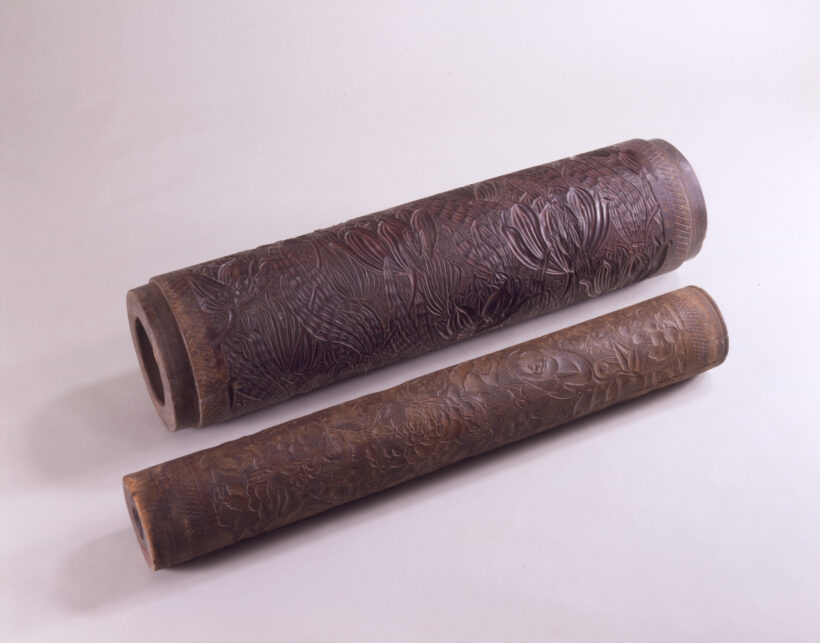
I am text block. Click edit button to change this text. Lorem ipsum dolor sit amet, consectetur adipiscing elit. Ut elit tellus, luctus nec ullamcorper mattis, pulvinar dapibus leo.
2019 March 16 - June 9
Since the Edo period, the city of Shiroishi in Miyagi prefecture and its environs have been known as a washi-producing center. Shiroishi washi flourished under the protection and patronage of the Lord of Shiroishi Castle, the Katakura clan, and was known as one of the “Three Whites of Shiroishi” (washi, umen noodles, kudzu). Because of the paper’s high strength and durability, it was used to make shifu, a woven paper textile, and kamiko, or paper clothing. So high was the quality of these products that the Date clan of Sendai presented them as gifts to the Tokugawa Shogunate and the Imperial Court.
Like washi at paper-making centers elsewhere, however, Shiroishi washi entered into a decline from the start of the Meiji period (1868). In 1940, Nobumitsu Katakura, the then lord of Shiroishi Castle; Chutaro Sato, a local kimono wholesaler; and Tadao Endo, a handmade paper craftsman, founded the Oshu Shiroishi Kyodo Kogei Kenkujo (Oshu Shiroishi local crafts research institute). The institute conducted surveys and research on Shiroishi’s traditional culture with the goal of reviving shifu weaving and the production of Shiroishi washi.
This exhibition, while focusing on shifu and kamiko, seeks to introduce the history of Shiroishi washi, its method of production and the activities of the Oshu Shiroishi Kyodo Kogei Kenkujo to restore once-lost traditions that have led to their preservation today.
